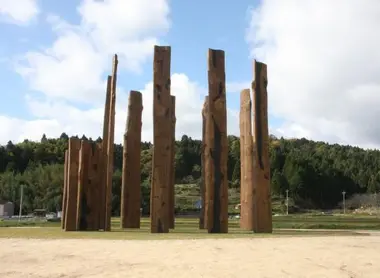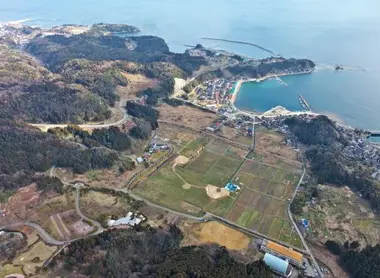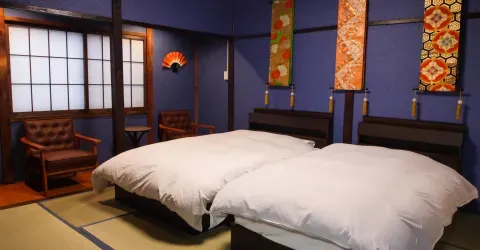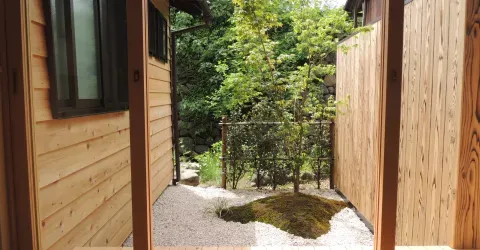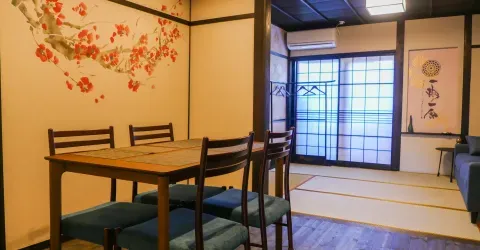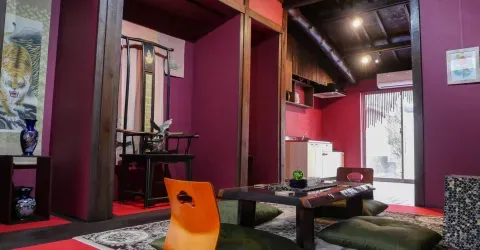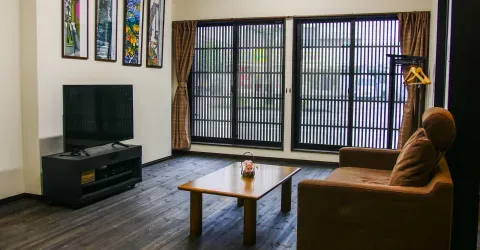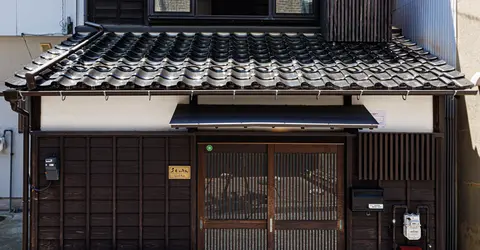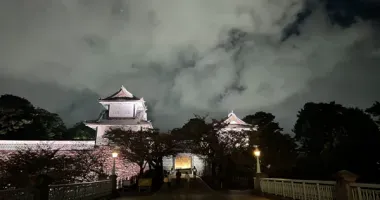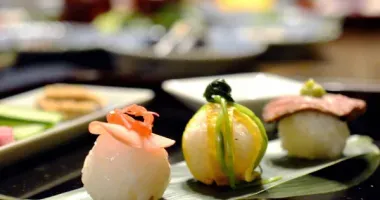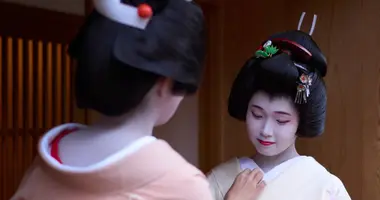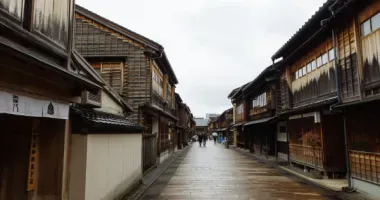Mawaki Archaeological Park and Museum
- Published on : 07/03/2024
- by : S.V.
- Youtube
Nestled on the Noto peninsula in Ishikawa prefecture, the Mawaki Archaeological Museum-Park offers a fascinating immersion in the Jômon era. This vast complex combines archaeological reconstructions, a museum, an experimental village and even a hotel with onsen. A true journey back in time, it allows visitors to discover one of the most important sites of the Jômon period in Japan. From exceptionally well-preserved relics to educational workshops and unique museum exhibits, Mawaki offers a complete experience for understanding this ancestral culture that flourished over 14,000 years ago.
Overview of the Mawaki site
The Mawaki archaeological site, located opposite Toyama Bay, was uncovered in 1982 during irrigation work. Successive excavations revealed a fishing village occupied throughout the Jômon period, from 12,000 to 400 BC. The richness and rarity of the finds led to the area's designation as a National Historic Site in 1989.
Today, the park-museum offers visitors the chance to immerse themselves in this fascinating period through :
- Faithful reconstructions of remains from the Jômon period
- A museum presenting the exceptional artifacts discovered on the site
- An experimental village for an introduction to ancestral techniques
- A hotel with onsen to prolong the experience
This unique configuration makes the site an essential place to discover Jômon culture in an immersive and entertaining way.
The site's history and archaeological discoveries
Excavations carried out at Mawaki since 1982 have unearthed exceptionally well-preserved remains dating back to the entire Jômon period. Major discoveries include
- Wooden objects, ceramics, bones, jewelry and masks
- Numerous dolphin bones, evidence of fishing activity
- Mammal remains (wild boar, deer, rabbit) and plant seeds
- Three typical residential buildings with clay floors (excavated in 1983)
These remains have provided valuable information on Mawaki's eating habits and environment over 14,000 years ago. The 2000 excavation campaign also revealed a burial zone with four burials oriented to the cardinal points, testifying to a social hierarchy.
Remarkable remains from the Jômon period
The Mawaki site boasts several unique relics from the Jômon period:
1. The sacred monument: a set of large wooden pillars arranged in a circle, measuring 7 meters in diameter. This religious installation, rare in the archipelago, has been rebuilt six times in the same place.
2. Typical houses with clay floors, offering protection against humidity.
3. The burial area with its four cardinally oriented graves, revealing a complex social organization.
4. The particularly expressive clay-and-earth mask fragment, classified as an important cultural asset.
5. The "poterie-poisson" (fish pottery), a unique ceramic with elements depicting the animal.
These remains bear witness to the cultural and spiritual wealth of the Jômon civilization, long before the advent of agriculture in Japan.
The museum and its archaeological collections
The museum adjoining Mawaki Archaeological Park houses an exceptional collection of artifacts unearthed on the site. Among the most remarkable pieces :
- 219 artifacts classified as nationally important cultural assets in 1991
- A particularly expressive fragment of an earth and clay mask
- The "fish pottery", a unique ceramic with elements depicting the animal
- Wooden objects, ceramics, bones and jewelry bearing witness to daily life
- Dogûs (terracotta figurines) used in ceremonies
A visit to the museum reveals the richness and diversity of Jômon material culture. The detailed explanations accompanying each piece shed valuable light on the lifestyles and beliefs of this fascinating civilization.
Visitor activities and experiences
The Mawaki Museum Park offers a multitude of activities for an immersive experience of Jômon culture:
- Guided tours of archaeological reconstructions with detailed explanations
- Educational workshops on crafts, cooking, construction and agriculture in the experimental village
- Demonstrations of ancestral techniques by artisans
- Overnight stay at the park hotel to extend the experience
- Relax in the hotel onsen after the visit
These activities allow visitors of all ages to immerse themselves in the daily life of Mawaki's inhabitants over 14,000 years ago. A unique experience to understand and appreciate the richness of the Jômon civilization.
Practical information for your visit
To make the most of your visit to the Mawaki Archaeological Park-Museum, here's some practical information:
- Opening hours: 9 a.m. to 5 p.m. Closed on Mondays and Tuesdays.
- Admission: Adults: 300 yen. Children: 150 yen.
- Access: From Kanazawa station, take the bus to Noto Satoyama airport and get off at the Jomonmawakionsenguchi stop (50 min), then walk 5 min.
- Contact: 81 768-62-4800
For the full experience, plan a full day at the site. Spend a day on the Noto peninsula to discover other treasures of the region. Reservations are recommended for workshops in the experimental village.
Address, timetable & access
Address
Phone
81 768-62-4800Timetable
From Kanazawa station, take the bus to Noto Satoyama airport and get off at the Jomon mawaki onsen guchi stop (50 min), then walk 5 min.Price
Adult: 300 yen.
Children: 150 yen.Access
Open from 9am to 5pm.
Closed on Mondays and Tuesdays.
